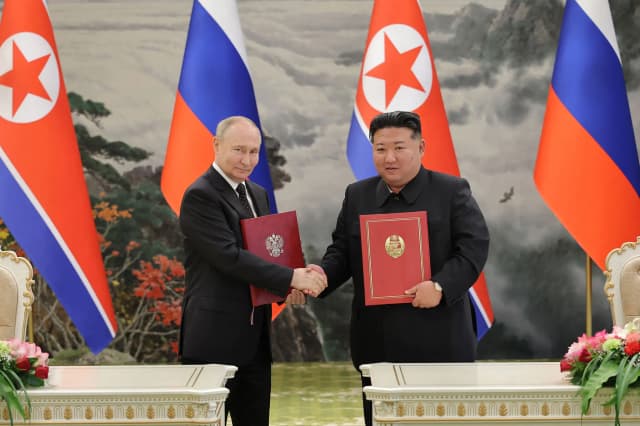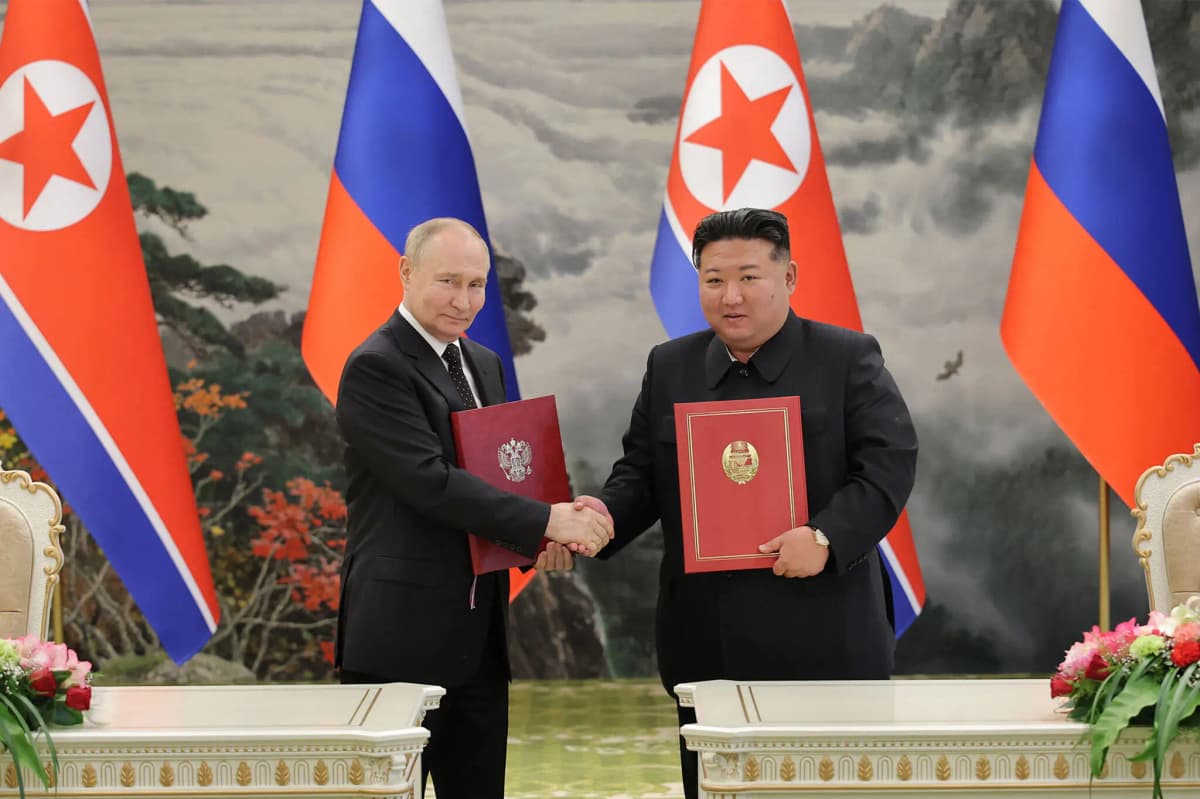China is Regional, Not Global. The New U.S. Approach to China.
 Photo: LB.ua
Photo: LB.ua
In the early 2000s, the pace of China’s economic growth, along with its geographic and demographic indicators, already provided grounds to predict that "China’s claims to redistribute global resources and spheres of influence" could move beyond "purely theoretical discussions."
The American globalist strategy has been based on how the U.S. should behave toward China to maintain its "globally dominant position." Ignoring China’s scale and its claims is impossible, but Americans also do not want to "lose their global dominant position," nor do they want to "fight" for dominance, unlike the more aggressive and authoritarian China.
Thus, the need arose for the theory of "containing China." This theory is multi-vector and cannot be reduced to a single factor, such as "the number of nuclear arsenals" or "economic wars." It includes all of this and more, depending on the circumstances. The key goal is to achieve the position: "China is a regional leader, not a global one."
Long-term Containment Through Taiwan's Existence
A large share of analysts hope for a "Soviet miracle." This is the expectation that at some point, communist China will "economically collapse" and that China could undergo democratization. For this "democratization" to be controlled and predictable, Taiwan exists as a model, which could quickly "legitimize itself as needed" as a democratic China under "patronage" or "allied relations" with the U.S.
Declaring the policy of "one country, two systems" (i.e., combining democratic Taiwan and communist China in one state) is nothing more than a diplomatic tool for maintaining balance and avoiding escalation with communist Beijing. Thus, the destruction of Taiwan in the imagination of communists is an "existential need" for the regime’s survival.
Midterm Containment Through the American "Military-Political Belt"
We could call this approach "putting the panda in a cage." China cannot challenge the U.S. until it manages to break out of the so-called military-naval belt of American bases. China must unlock three "inner seas" (as the Chinese see them): the Yellow Sea, the East China Sea, and the South China Sea.
This is a conditional belt, consisting of both U.S. naval bases, control over trade routes, and loyal U.S.-aligned countries surrounding China. This is intended to comprehensively contain China in the midterm. However, China has found an exit from this blockade — implementing the "Belt and Road Initiative," which often goes far beyond logistical or economic components.
Short-term Containment
This refers to "trade wars." The U.S.'s economic advantage over China is gradually narrowing, but despite this, the U.S. still has a "network capacity" to inflict economic damage on China due to two factors: the U.S.’s network of diplomatic connections and its ability to wage such wars. The U.S. economy is relatively closed to external influences, despite its globalized orientation, but China’s need for globalized open trade is even greater due to its massive industrial overproduction. Thus, trade wars are more destructive for China than the U.S. in the midterm.
However, the events of February 24 (Russia’s invasion of Ukraine) changed everything. First of all, it became clear that the collective West’s military-technical superiority was overestimated, while China’s ability to exert covert diplomatic influence on other governments was underestimated. As was the scale of China’s expansion of interests in the West, primarily through a network of dependencies built on Chinese financing, which begins with initial investments and attempts to corrupt local governments to serve China’s interests. This dependency stretches through Central and South Asia and along the equator to South America.
The weakening of Russia and China’s continental maneuvers. To some extent, Muscovy (Russia) had restrained China in the geopolitical struggle for Central Asia and the Middle East. China had to consider Muscovy’s interests, but Russia’s complete weakening due to its invasion of Ukraine and "its reduction to a state of dependence on China" opened up greater geopolitical maneuvering space for China.
China’s political moves in Central Asia can be described as "continental," an area where the U.S. traditionally experiences a lack of strength and influence, relying instead on thalassocratic (maritime power) containment of China.
What the U.S. once considered "sufficient" to contain China suddenly became "ineffective." As a result, in recent months, the U.S. has developed two new components for "containing China" — India as a regional leader and an "Asian NATO."
India and Asian NATO as Tools of Containment
In the coming years, these two ideas are expected to become the foundation for containing China. The idea is that regional competition close to China’s borders will "box China in" within the framework of this regional rivalry. Significant diplomatic efforts by the U.S. in recent months have been aimed at laying this foundation.
The goal is to move past the "Pakistan syndrome," which had long restrained U.S.-India cooperation.
The growing competition between China and India, which will increasingly attract Western production and investments away from China, will be the basis for tying Beijing down in this rivalry for an extended period. This is one of the theoretical concepts behind the recent surge of U.S. diplomatic activity in India.
You may be interested









